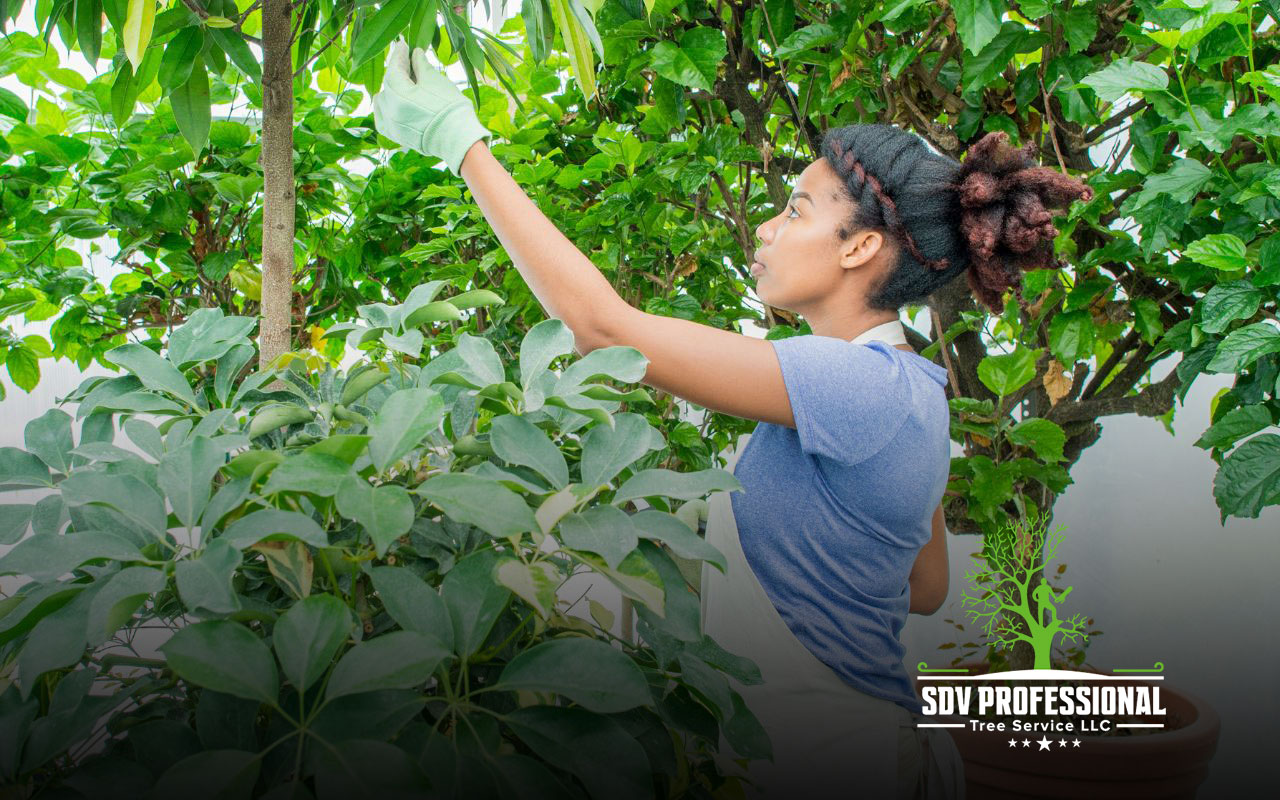
How to Spot Tree Diseases and Pests Before It’s Too Late
Have you ever noticed your once-thriving trees starting to look a bit off? Learning how to spot tree diseases and pests early can save your trees from irreversible damage. Imagine the disappointment of losing a beautiful tree that could have been saved with timely action.
This guide will explain the signs to watch out for, helping protect your trees and keep your landscape looking its best.
How to Spot Tree Diseases and Pests: A Comprehensive Guide
Common Signs of Tree Diseases
Understanding the common symptoms of tree diseases is the first step in safeguarding your trees. Watch out for these signs:
- Discolored or Wilting Leaves: If you notice leaves turning yellow or brown out of season, this could indicate a disease. Also, keep an eye on unusual wilting.
- Fungal Growth: Mushrooms or other fungal growths on the trunk or branches indicate a problem. These fungi can weaken the tree and lead to further issues.
- Bark Abnormalities: Cracked, peeling, or discolored bark often signals a disease. Pay attention to any sap oozing from the tree, as this could be a sign of infection.
Identifying Tree Pests and Their Damage

Pests can be as harmful as diseases; recognizing their presence early is vital. Look for the following signs:
- Bore Holes and Sawdust: Tiny holes in the bark accompanied by sawdust at the base of the tree suggest wood-boring insects. These pests can cause significant internal damage.
- Leaf Damage: Chewed leaves, especially along the edges, can indicate caterpillars or beetles. Look for leaf skeletonization, where only the veins remain.
- Presence of Insects: Sometimes, the pests themselves are visible. Check for aphids, spider mites, and other insects that cluster on the leaves and stems.
The Importance of Regular Tree Inspections

Regular inspections can help you catch issues early. Even a quick monthly check can make a significant difference in the health of your trees.
- Inspect the Leaves and Branches: Look at the leaves and branches for any abnormalities. Furthermore, early detection of symptoms can prevent long-term damage.
- Examine the Trunk and Roots: Don’t forget the tree’s base. The trunk and roots can show signs of decay or pest infestation.
What to Do If You Spot a Problem
If you notice any of these signs, it’s essential to act quickly:
- Consult a Professional: Tree care experts can diagnose the issue accurately and recommend the best course of action.
- Prune Infected Areas: In some cases, removing the affected branches can stop the disease or pest from spreading.
- Consider Treatment Options: Depending on the issue, chemical treatments may be available to save your tree.
FAQs
Q: How often should I inspect my trees for diseases and pests?
A: Monthly inspections are recommended, especially during the growing season when trees are most vulnerable.
Q: Can all tree diseases be treated?
A: Not all, but early detection significantly increases the chances of saving your tree. Some diseases are manageable with proper care.
Q: What should I do if a tree is beyond saving?
A: If a tree is too damaged to save, you might need to remove it to prevent the spread of disease or pests to other trees.
Q: Are there preventive measures I can take to protect my trees?
A: Yes, regular maintenance, proper watering, and mulching can keep your trees healthy and less susceptible to diseases and pests.
How to Spot Tree Diseases and Pests Before It’s Too Late: Take Action Today
Recognizing how to spot tree diseases and pests early can save your trees from severe damage. Moreover, by understanding the signs and acting quickly, you can maintain the health and beauty of your landscape.
If you’ve noticed any of the symptoms mentioned, don’t hesitate to contact us today for expert advice and assistance. Protect your trees and ensure they thrive for years to come.
